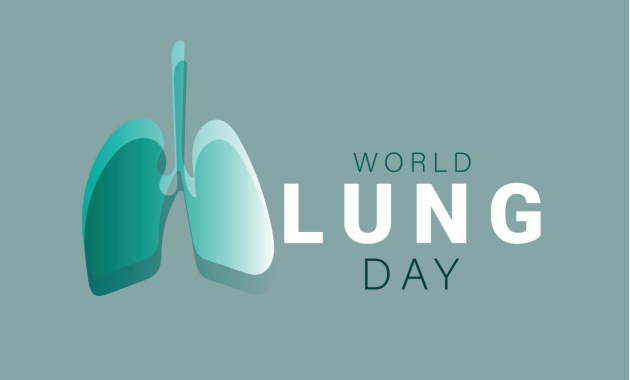
Increasing air pollution and global warming result in a multitude of detrimental consequences for both our environment and our health. In this scenario, the lungs, responsible for filtering the air we breathe, bear the brunt of these effects and are highly susceptible to harmful pollutants and shifts in climate. The ‘Big Five’ respiratory or lung diseases include asthma, pneumonia, chronic obstructive pulmonary disease (COPD), lung cancer, and tuberculosis (TB). Out of these, COPD, asthma, and lung cancer are largely influenced by pollutants[1], and these 3 diseases along with tuberculosis, have been reported to be the leading causes of death[2].
Due to this, the World Health Organization (WHO) and the Forum of International Respiratory Societies (FIRS) declared September 25 as World Lung Day to increase global awareness and action for better lung health. This year, with a theme of “Access to Prevention and Treatment for All: Leave No One Behind.” the organization aims to highlight the critical importance of ensuring equitable access to lung disease prevention and treatment. Clean air and essential lung care are fundamental rights that should be available to everyone, regardless of their circumstances, to guarantee the well-being of all individuals and their lung health.
Here are 6 warning signs of lung diseases to watch for:
1. Persistent Cough: While occasional coughing is normal, a persistent cough that lingers for extended periods may warrant concern. This type of cough that has been there for eight weeks or more is classified as chronic. This prolonged cough is a warning sign that something may be amiss in your respiratory system.
2. Breathlessness: Experiencing persistent shortness of breath, whether it lingers after physical activity or occurs with minimal exertion, is not normal. Additionally, if you find it difficult to breathe in and out, this is also a red flag. Shortness of breath is also known as dyspnoea and can be a common symptom of chronic obstructive pulmonary disease or COPD.
Know your lung health: Get tested with Pulmonary Function Tests!
3. Excess Mucus Production: Mucus, also known as sputum or phlegm, is produced by your airways as a defense mechanism against infections or irritants. When this mucus production persists for a month or longer, it could indicate an underlying lung condition. A study in Mysore, Karnataka, observed that persistent cough and chronic mucus production served as crucial markers of respiratory morbidity, hastened the decline in lung function, heightened hospitalization rates, and increased mortality risk.[3]
4. Wheezing: It can be explained as a whistling sound during breathing, typically signaling narrowed or constricted airways, making it hard for air to move freely. This symptom is frequently linked to conditions like asthma, allergies, or COPD. If you encounter wheezing, it is imperative to promptly seek medical evaluation to ascertain the root cause and receive appropriate care.
5. Coughing Up Blood: Also known as hemoptysis, coughing up blood may signal a serious health concern. It can originate from your lungs or upper respiratory tract due to diseases like lung cancer, tuberculosis, or pulmonary embolism.
6. Chronic Chest Pain or Discomfort: Unexplained chest pain lasting for a month or more, especially if it worsens during inhalation or coughing, is known as chronic chest pain. Chest pain associated with lung issues can vary from sharp stabbing to a persistent ache. Lung-related conditions like pneumonia, pleurisy, or even lung cancer can be associated with chest pain as a symptom.
Recognizing the early indicators of lung disease can help in timely intervention, potentially preventing the condition from progressing to a severe or life-threatening stage.
Timely diagnosis could prove life-saving.
(The article is written by Dr.Subita Alagh, Senior Executive, and reviewed by Monalisa Deka, Senior Health Content Editor)
References
